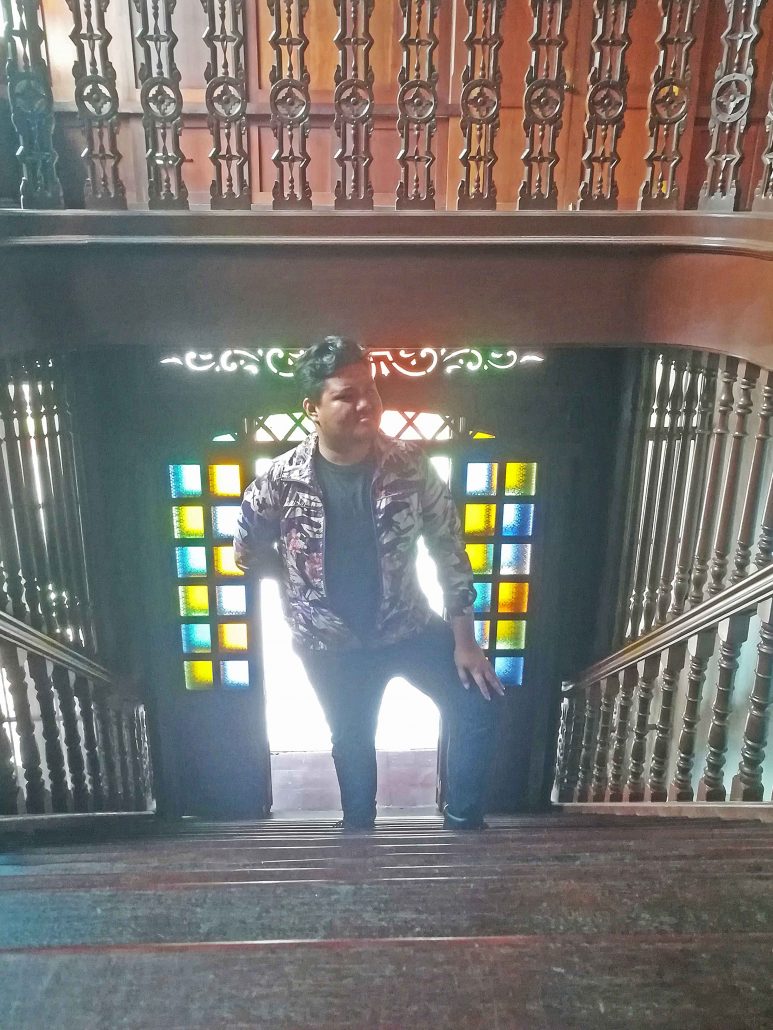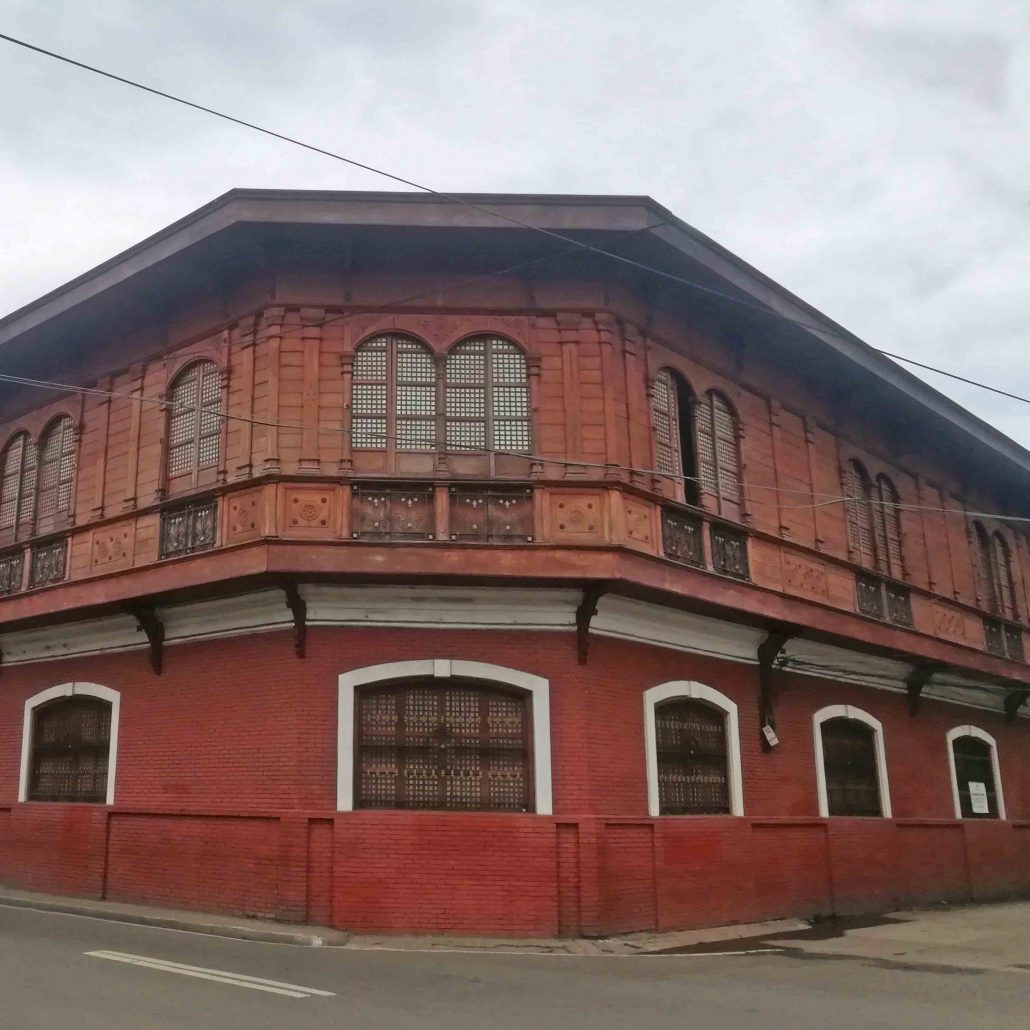
IN introducing the performance of child prodigy Damodar Das Castillo at Nelly’s Garden recently, philanthropist Narzalina Lim highlighted some little known facts about the Lopez heritage mansion that made it an auspicious venue for the 12-year-old cellist’s spirited concerto.

The Miguel Lim Cornejo Scholarship Fund and Iloilo Economic Development Foundation chair Lim shared that the Lopezes who formerly resided in the ancestral home were a musically-gifted family – the abode’s namesake Nelly Lopez y Hofileña herself an exceptional pianist. Serendipitously, the late Miguel Lim Cornejo, to whom the recital was dedicated, once also lent an 18th century Hasert cello from the collection of Don Vicente “Tiking” Lopez Jr.

The Lopez Heritage House in Nelly’s Garden illuminated at night. 
The old Iloilo City Hall, inside the University of the Philippines Visayas city campus, was recently unveiled after being closed for months for rehabilitation.
Despite all these rousing connections however, Lim’s remark that sparked the most interest in me was: how at the turn of the last century, Iloilo was already a cosmopolitan and gentile society, as she enjoined the audience to imagine all the innumerable festivities Nelly’s Garden has played host to in its nearly 100-year history.
These past few years, Iloilo has shown a growing interest in preserving its history, or at least protecting the icons and monuments from bygone eras. Just a few months apart, the city has seen the launch of the old Iloilo provincial jail – built in 1911 – as the Western Visayas Regional Museum, the opening of the revitalized Elizalde Building as the Museum of Philippine Economic History, and the turnover of the old Iloilo City Hall, inside the University of the Philippines Visayas city campus, after being closed for months for rehabilitation.

Indeed in 1855, Iloilo was catapulted into economic dominance after its port was opened to world trade. The city quickly become a major shipping hub, attracting foreign trading houses, consulates, and banks. At the start of the 20th century, Iloilo was already a multicultural enclave.
Among the enduring icons of the era is the Ynchausti Commercial House, completed in 1905, now adaptively reused as the Museum of Philippine Economic History. The museum’s exhibit traces the lineage of trade in the region, going over the numerous industries that have thrived and waned in Iloilo – from textiles and sugar production to international freight, among others – as well as showcasing a slate of historical artifacts.

Tolentino depicts the recognizable Sarabia Optical Building along JM Basa Street. 
Iloilo’s “Aduana,” the Customs Building, built during the American colonial period, painted by Ilonggo artist Sonny “Yob” Tolentino.
The nostalgia and wistfulness for Iloilo’s long history of architecture is best exemplified by the canvasses of budding Ilonggo painter Sonny “Yob” Tolentino, distilling the allure and aesthetic of this vibrant and deep-rooted city with rain-drenched imagery that seemingly defy time. With a deft hand, Tolentino renders familiar landmarks like Iloilo’s “Aduana,” the Customs Building, built during the American colonial period, and the recognizable Sarabia Optical Building along JM Basa Street in a haze of dripping saturated colors, yet still managing to preserve their innate beauty.
With more seeing her value and vowing to protect her welfare and restoration, the Iloilo of decades past is reemerging to beholden more Ilonggos and visitors alike. /PN







